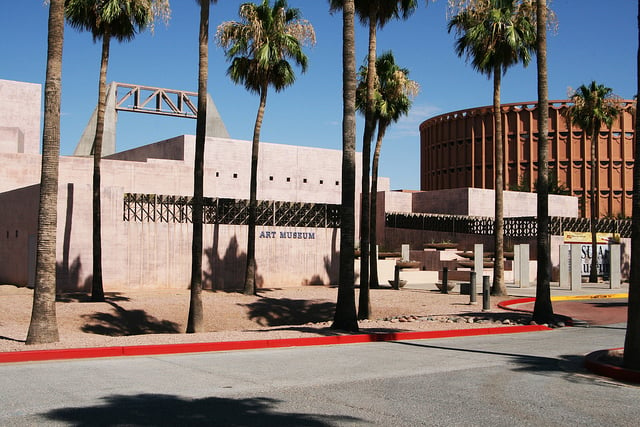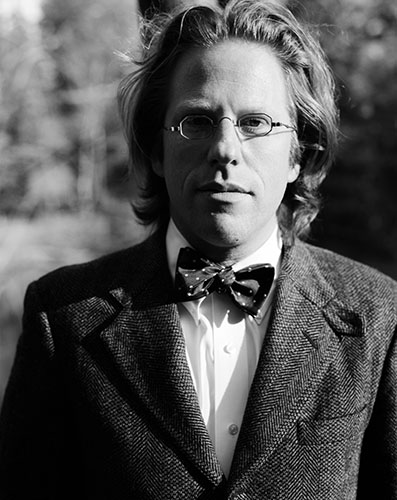This Camera Will Capture a 1,000-Year Exposure That Ends in 3015 for History’s Slowest Photo
![]()
Jonathon Keats wants to set a world record in photography that he won’t live long enough to see. Nor will his children, or his children’s children for many generations. It’s a project that won’t complete for a millennium.
Keats plans to capture the world’s slowest photograph, a 1,000-year-long exposure of the city of Tempe, Arizona, that will be finished in the Spring of 3015.
“The first people to see this picture will be children who haven’t yet been conceived,” says Keats. “They’re impacted by every choice we make, but they’re powerless. If they can’t influence our decisions, at least they can bear witness.”

The camera is made out of solid metal and uses oil paint instead of photographic film. There’s a plate of 24-karat gold on the front of the camera that has a minuscule pinhole pierced through it. Over 1,000 years, color in the paint will fade where the light is brightest, very slowly creating a positive image of the world.
You may have heard of deep space cameras before. Keats calls his unique creations “deep time cameras.”
“The photograph not only shows the skyline, but also records how it develops over time,” Keats explains. “For instance, old houses torn down after a couple centuries will show up only faintly, as if they were ghosts haunting the skyscrapers that replace them.”

ASU says it will hold an exhibition of the work once it’s complete in Spring 3015. The artist says he won’t mind not being able to attend the photo’s unveiling.
“I’ll be dead,” he says. “But I don’t regret it at all. For me, it’s much more interesting to be here today, seeing the behavior of people who know they’re being watched by the unborn, and also to be watched myself, living vicariously as a future memory of the next millennium.”
P.S. Keats is the same artist that placed 100 individual 100-year cameras around Berlin last year.
Image credits: Header photo by Jonathon Keats, ASU Art Museum photo by a.dombrowski, photo of Jonathon Keats by Jen Dessinger